Garden Tips & Improvement
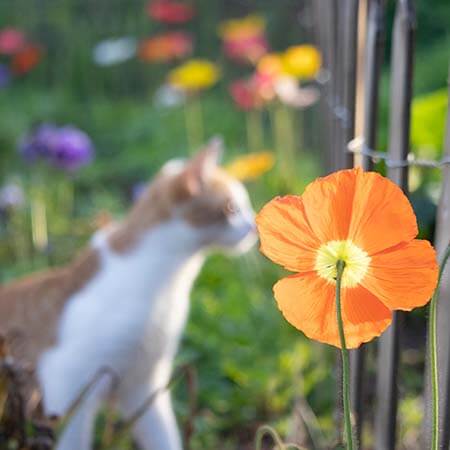
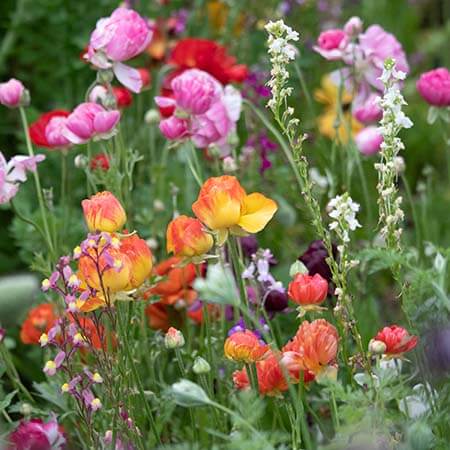
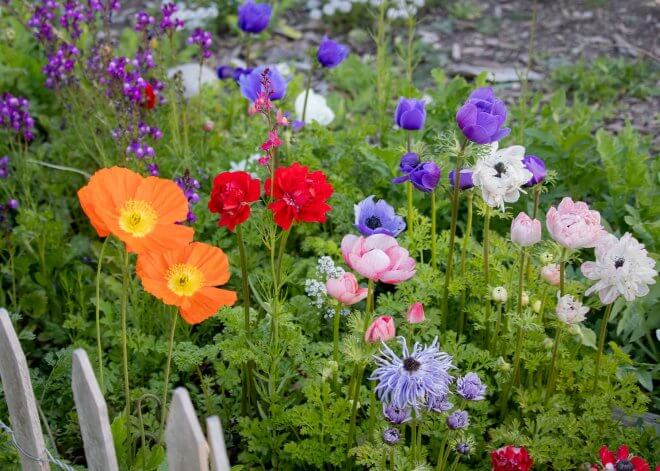
Planting & Sowing Chilly Weather Flowers
Whether planting for a California winter or early spring in colder zones, these are my favorite flowers that do well in chilly weather. In my zone, 9b, it typically freezes to about mid 20s Fahrenheit and that’s no problem for these flowers. While these flowers will not bloom while temperatures are dipping below freezing, their foliage can withstand frosty weather. So for those of you in colder zones, you don’t have to wait until after the last frost date to plant them. And for those of you in zones 9-10, fall is the time to plant.

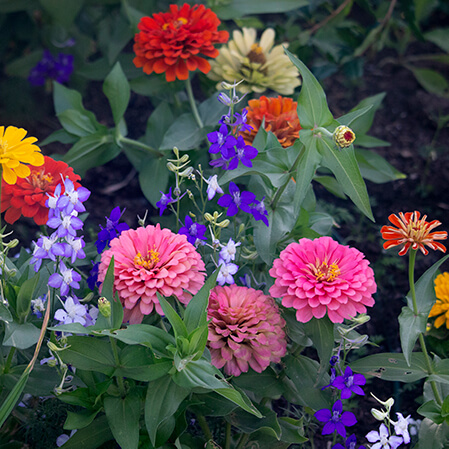

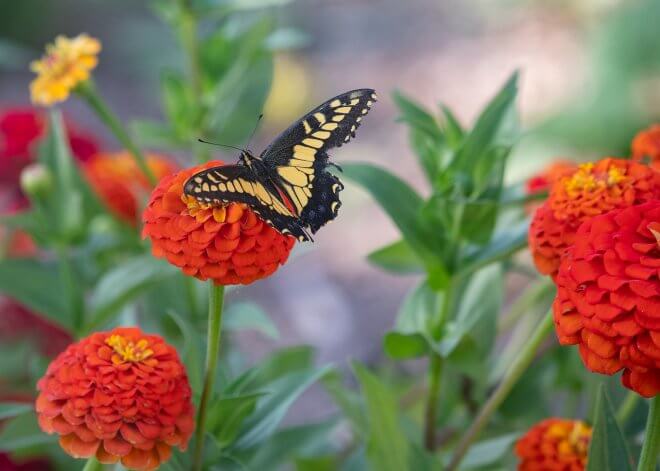
Sowing Zinnias
There are so many beautiful reasons to love zinnias! But we especially love them for all the butterflies and other pollinators that they bring to the garden. Whether you place them in the garden as transplants or from seed, zinnias are so easy to grow. They can really take the scorching summer heat in full sun.

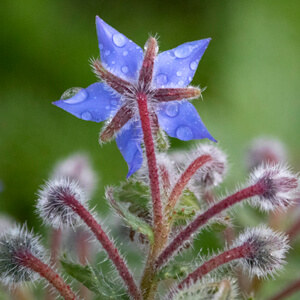
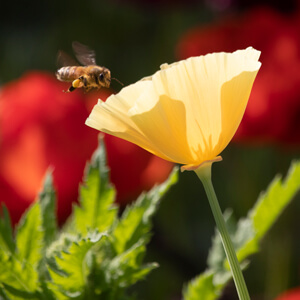
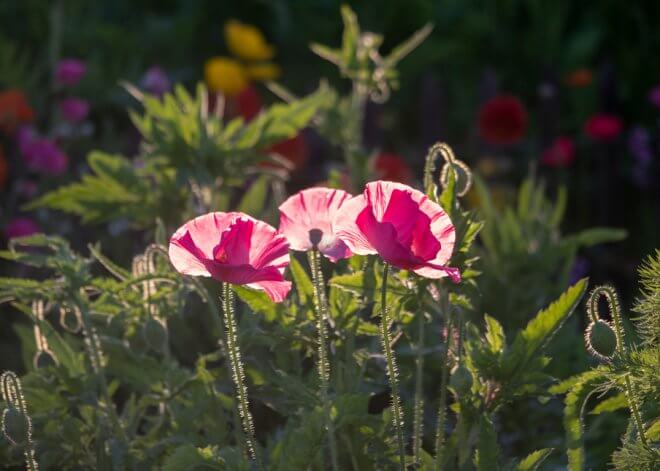
Ask Me, Share with Me
I often get questions in comments on this site and in Instagram posts asking about flowers, IDs, for advice, etc. On Instagram, I cannot respond with images or clickable links. Plus, sometimes my online friends want to share more of their gardens and yards with me.

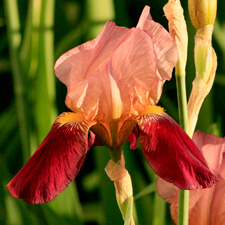
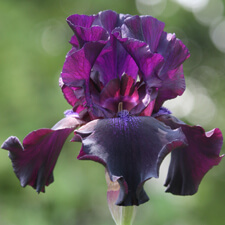
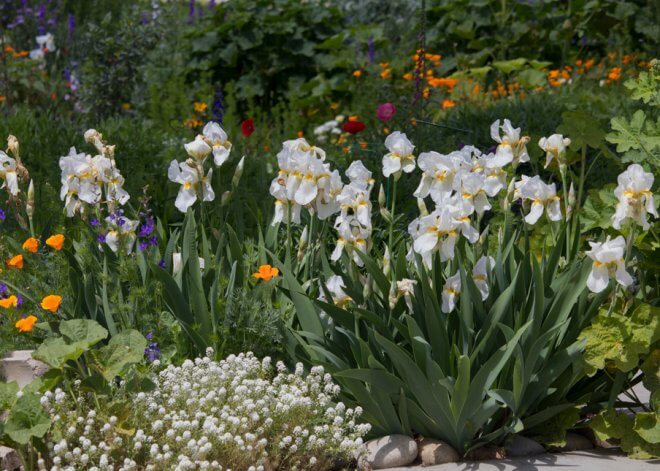
Dividing Bearded Irises
Irises are a very low-maintenance flower, but they need a little attention when they get crowded to keep them blooming. You just need to divide them, which is super easy. You’ll then have exponentially more rhizomes for your garden, or better yet, to share with friends and family. All of the irises in my yard have come from my parents’ and friends’ gardens.

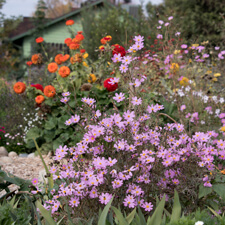
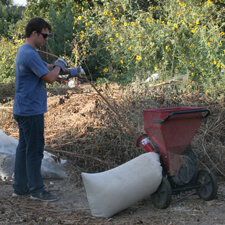

Sheet Mulching
I don’t dig it. At least not anymore. I used to dig in amendments endlessly to make plants happy in my high-alkaline, heavy clay soil. It didn’t work very well, to say the least. Then I discovered sheet mulching (also known as lasagna gardening) and I have never looked back. And my back is so much happier.

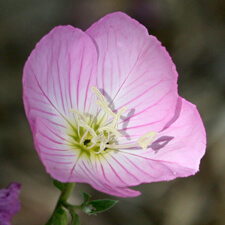
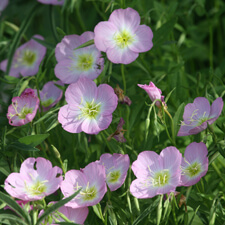
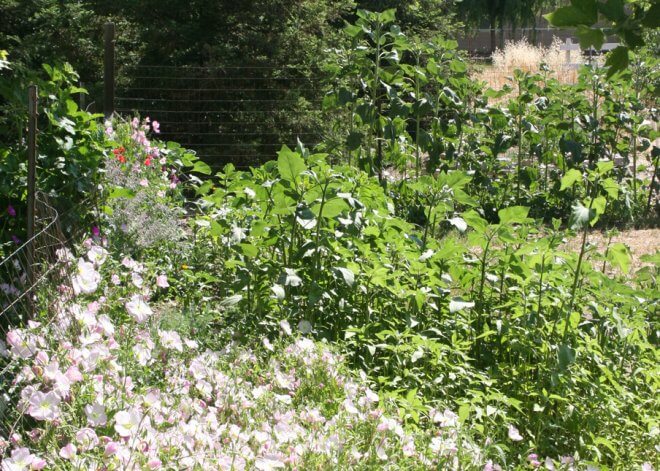
Invasive Plants, Trees & Flowers
Nearly every gardener has done it: planted a species they really regretted. Typically it’s an invasive species that is tough to control. It’s bad enough dealing with invasive weeds, but worse when you’ve done it to yourself. Mexican Evening Primose is definitely the worst I ever planted.

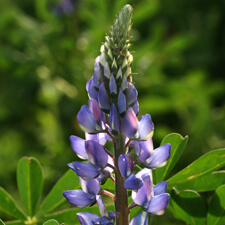
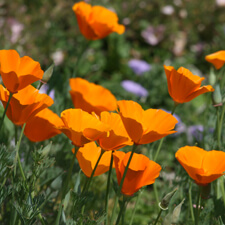
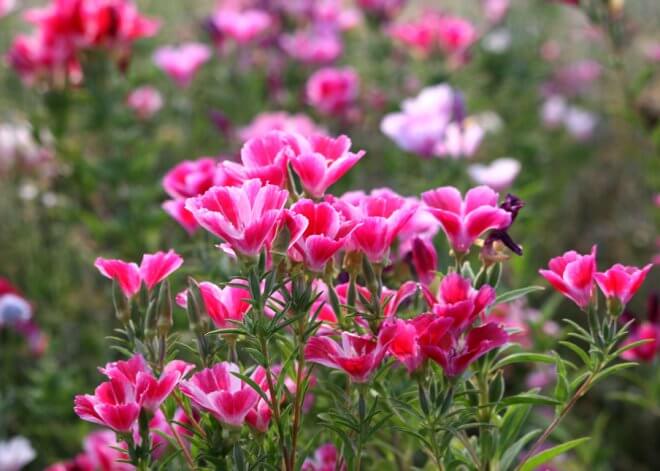
Identifying Wildflower Seedlings
Beginning in the fall and throughout the winter, seedlings are emerging all over my yard. Unfortunately, the weeds are coming up too so it really helps to be able to accurately identify the seedlings.

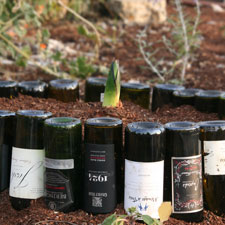
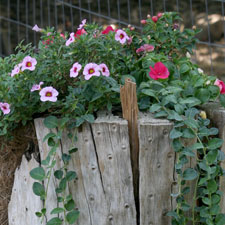

Improving Soil Drainage with a Garden Elevation
My yard is mostly flat and heavy clay soil with high alkalinity. Sometimes it seems like nearly everything I want to plant requires good drainage which can be frustrating. So what can you do? I’ve listed some of the things I’ve done to overcome the problem below.

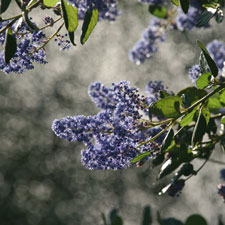
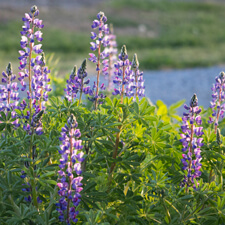
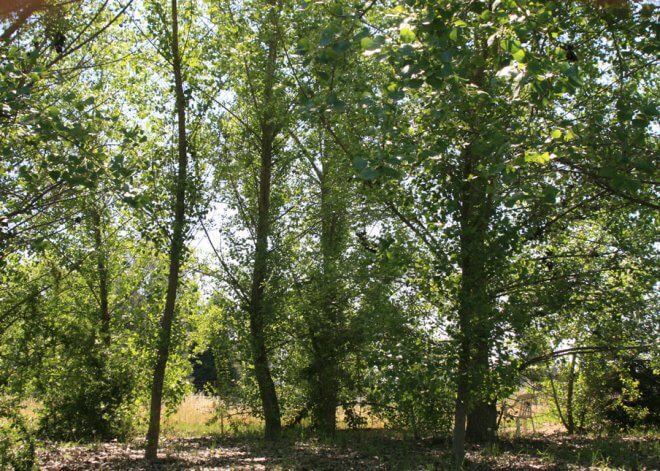
Test for Soil Drainage
If you’re not sure how well your soil drains, it’s easy to do a test. This will really help you to identify what plants and trees will do best in your yard. Keep in mind that drainage can vary in your yard depending on slopes and other factors.

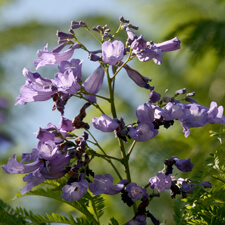
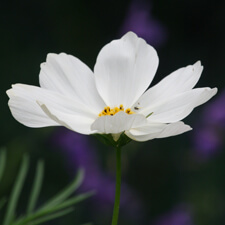
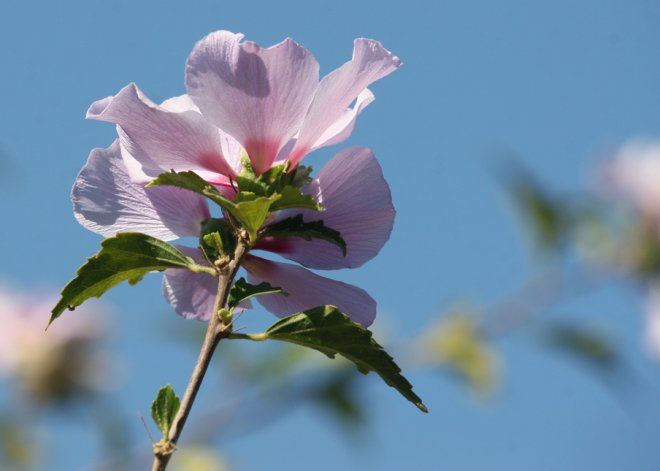
USDA Plant Hardiness Zones vs. Climate Zones
Have you ever been confused by zones when comparing notes with other gardeners? I know that I have. It’s important to remember that USDA zones are only based on average annual minimum winter temperature. You can find yours at the USDA’s Agricultural Research Service by entering your zip code.






